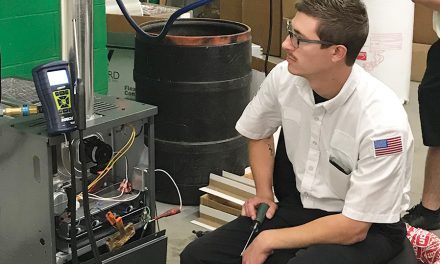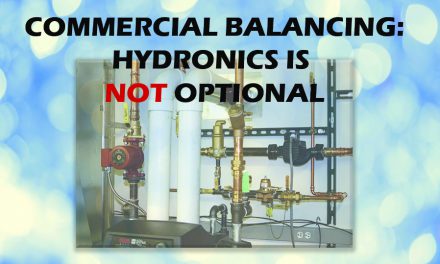Why does every visit to the doctor include measuring and recording your body weight, temperature, blood pressure, pulse, and respiration rate? It’s quite simple. Medical doctors rely on accurate vital-sign measurements to determine the health of patients.
Without a doubt, you’d question a doctor’s approach if they didn’t perform vital-sign measurements on each visit, wouldn’t you?
To be sure, there are essential clues in the current vital-sign measurements, with more insight gained as doctors consider trends over time. They cannot properly diagnose problems and prescribe the appropriate treatment without this information.
HVAC professionals use the same approach when it comes to the education of their customers.
Important HVAC system performance vital-sign measurements include ambient carbon monoxide, static pressure, fan airflow, and temperature, to name a few. So, did you notice that refrigerant pressure isn’t on that list? What good is checking refrigerant pressure if fan airflow is way off?

In other words, High-Performance HVAC craftsmen rely on accurate measurements, not guesswork, to make their recommendations.
The key to successfully using this high-performance approach is to effectively “translate” numbers into understandable explanations that are meaningful and important to the customer.
Where to Start?
As an HVAC professional, correctly measuring and understanding Total External Static Pressure (TESP) provides clues as to why a customer’s heating and cooling system is not operating as well as it should.
In fact, poor airflow resulting from excessive static pressure at the fan can result in uncomfortable rooms and inefficient operation. Identifying and solving static pressure issues leads to happier customers and profitable sales.
Measuring and recording static pressure on every call involving a ducted HVAC system should not be optional. What if your doctor said, “we are too busy right now to check your temperature and pulse…” Would you get up and leave? HVAC system static pressure measurement is just as important and shouldn’t be kicked to the curb just because you are “too busy.”
When correctly interpreted, static pressure measurements help you efficiently evaluate comfort distribution (duct) system performance and uncover hidden problems that “guessers” consistently miss.
So, where do you start? Begin by having the right mindset, acquiring the proper toolset, and developing the appropriate skillset.
Mindset + Toolset + Skillset Principles
True professionals in every sphere of life strive to be better tomorrow than they are today. Career advancement occurs when you consistently apply your mindset, toolset, and skillset to achieve better future results. Every improvement starts in your mind.
Click Below to go to the next page:













Recent Comments